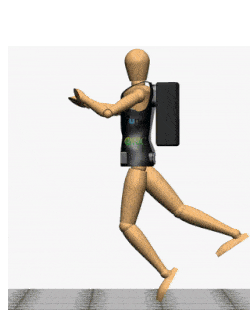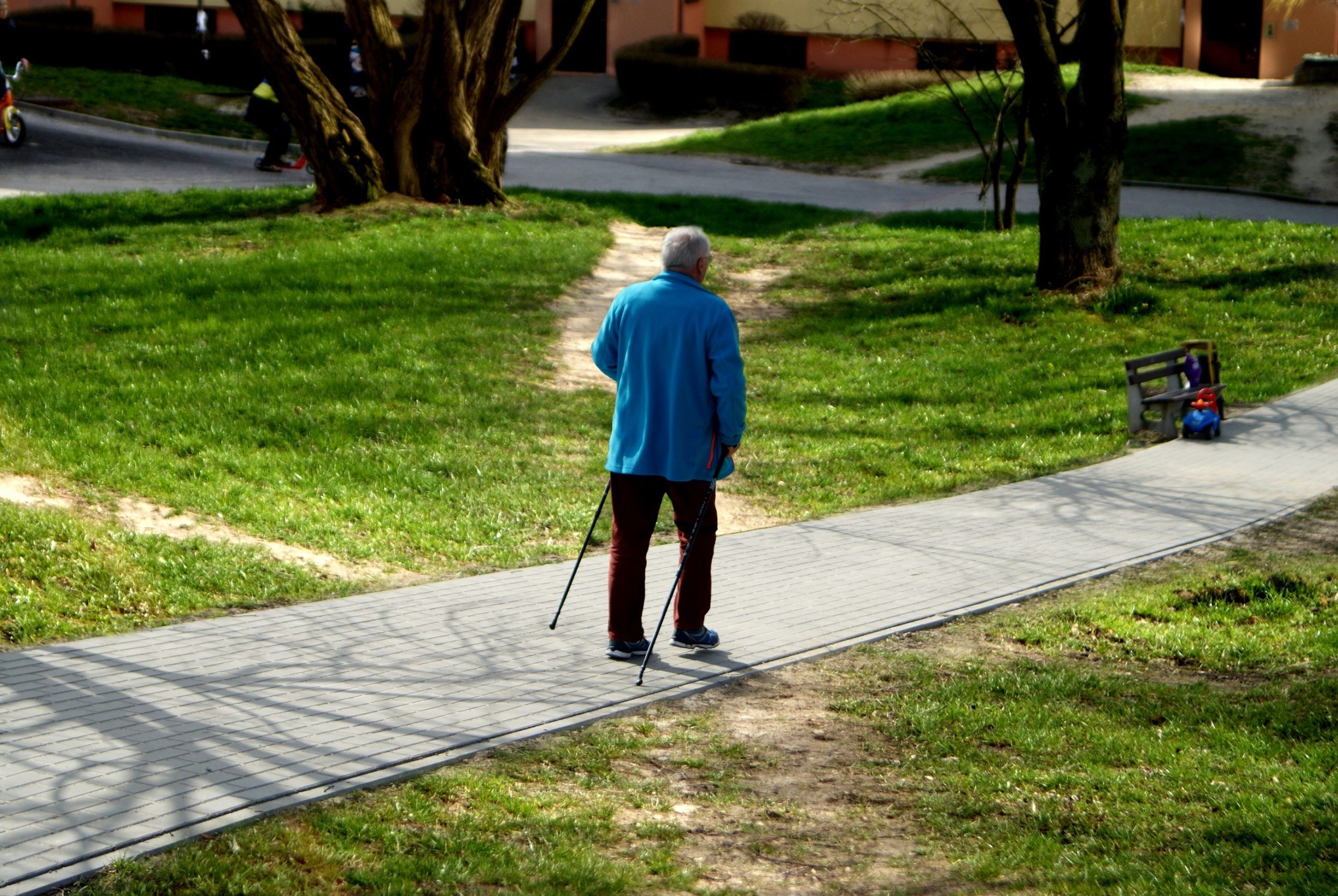Falling is a societal challenge. Annually, about one in four elderly people fall. Fortunately, a novel aid technology is on its way, from Delft.
(Photo: Pexels)
How can science improve the human body with robotic aids? That science fiction-like question was at the heart of the KNAW webinar ‘De Maakbare Mens (the Enhanced Human)’ recently. One of the speakers was Delft Professor of Human Motor Augmentation Heike Vallery (3mE).
Vallery and her research team from the BioMechanical Engineering department (3mE) are developing a mobility aid that can stabilise balance. Existing mobility aids, such as canes or crutches, tend to alter body posture and limit the hands’ movement. Meanwhile, more advanced aids, such as mobile body weight support systems, take up a lot of space and are cumbersome.
An idea arose to develop a backpack-like aid that is convenient and frees up the hands. Some therapists already use similar inventions in which a cable robot is connected to the backpack. However, it only works indoors where the cables can be attached to the ceiling. The trick of making it freely portable is the gyroscopic effect. Enter the fidget spinner, the 2017 toy craze.

The axes comparison between the static and the spinning fidget spinner. When the spinning one is tilted, its axis is briefly slanted until it readjusts. (Source: Clipped from a Technicality video, YouTube)
Playing with a fidget spinner is an easy way to observe the gyroscopic effect. “If you spin a fidget spinner quickly, then try to tilt it towards another axis, you will see that it starts to move back and forth. Forcing it to tilt does not work and you will feel torques of forces that affect rotation,” she explained. Vallery suggested installing large fidget spinners on the backpack, where the devices can readjust the balance through the torque or gyroscopic effect triggered when the user falls.

The illustration of the gyroscopic effect of the backpack. When the person falls, the force sets off the spinning devices to produce the gyroscopic effect, indicated by the red arrow. (Source: TU Delft Gyroscopic Balance Assistance Research Group)
The team conducted experiments involving people walking on a thin beam without touching the ground under three conditions: without a device, wearing an inactive device, and wearing an active device. They tested it with both motor-impaired people from strokes and healthy people. “Everyone – both those who had had strokes and those who had not – was able to balance for a long time,” said the Professor.
So, the gyroscopic effect could affect human balance, so it could potentially be used in balance stabilising research. Vallery and her team are now working on a more convenient version of the aid, by making the rotating gyroscopes lighter and smaller. The battery capacity and the user adaptation to the device are also being taken into account.
And what about entering the market? Vallery was open to the suggestion at the webinar, “We hope to work with commercial companies, perhaps a spin-off or a larger company. However, this kind of technology is very different and complicated from ‘normal’ products, so convincing a company to invest is a bit of a challenge.”
- You can view the ‘De Maakbare Mens’ webinar here.
- More information about the Gyroscopic Balance Assistance Research Group is available here and a detailed explanation of the backpack is here (in Dutch).
- Read Delta’s past interview with Prof. Heike Vallery about a simple and accessible balance aid.
Rayan Suryadikara / Science Desk Intern



Comments are closed.